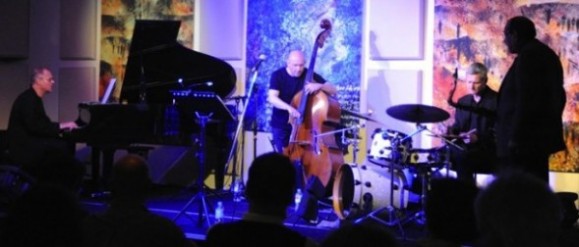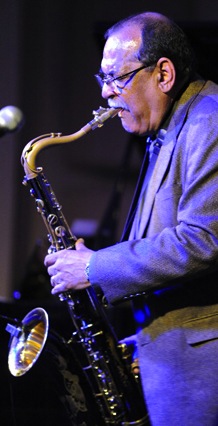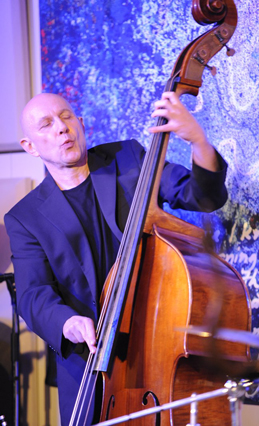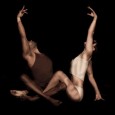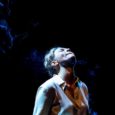Walking in late, two minutes into the first number of US tenor icon Ernie Watts’ gig at VJ’s, I was blasted by four cats utterly grooving high. No warm-up for these men – it was straight into the blistering bop of ‘To The Point”, a Watts original from 2008. The power and hurtling momentum of the band hit me so hard I remained standing until they had finished.
This was going to be good.
The auditorium of Chatswood’s VJ’s jazz venue was packed and every head was bobbing, riveted. Watts is en route to the glamour of the Brisbane Jazz Festival, but he and his band played as if this small room gig was their last on earth. Even when Watts led his men through the calmer waters of a Christof Saenger (piano) original, the electricity didn’t die off, it just glowed cooler.
After some wry (and elliptically droll) banter from Watts, the band played through the title track of his latest album, Oasis – an arrangement with a definite John Coltrane minarets-and-dunes vibe to it. In fact, Coltrane’s deep blue-brown shadow cast its shape over much of Watt’s music, tone and phrasing (those delicious phrase endings…) not least in moments such as his sparring duet with drummer Heinrich Cobberling during ‘To The Point”, its firepower bringing to mind some of the famous Coltrane-Elvin Jones horn-drums rave-ups.
But this is hardly surprising knowing Ernie Watts’ deep sense of the history of his music, Jazz. In a recent interview with the ABC’s Gerry Koster, Watts spoke of the presence of jazz history in the playing of the Free Jazz virtuosi, something not immediately obvious in the wiry tangled skeins of their music. Watts himself seems a living repository of many voices now gone, and he speaks of them most eloquently through his horn.
Which is not to say, of course, his own horn’s voice is in any way derivative or pastiche – his balance of skyscraping technique and real blue soul exemplifies what is the true twin-gift of Jazz, albeit one heard too rarely. The band gave us a light-speed reading of the Parker-Gillespie 1945 be-bop head-spinner “Shaw ‘Nuff” that proved the point, no argument (and at times threatened to go off the dial).
After a short interval (really, VJ’s, only a gold coin donation for a glass of wine? You don’t know jazz fans…) the band was back with Coltrane’s “Crescent” and The Beatles’ “Blackbird”. The latter, as well as featuring a tasty 6/8 blowing middle section, showed the eclecticism that has taken Watts beyond the sometimes trad-Dad borders of Jazz into sessions with Marvin Gaye, The Rolling Stones and Frank Zappa (Watts plays ‘mystery horn’ on Zappa’s 1972 big band album The Grand Wazoo).
This wider view of the music characterises the smart and eclectic arrangements that Watts puts before his quartet. Usually, a group this small plays only ‘head’ arrangements, groping and hoping for shape to evolve during performance.
Watts’ group could – and did – certainly move freely through the ‘open’ sections of the tunes but there were also smartly considered ensemble sections – such as on the coolly swinging Keith Jarrett tune “No Lonely Nights”.
Encore was a lithe blues that featured a rolling bass solo from Rudi Engel before Watts returned to ‘converse’ individually with each player – bass, drums piano – to take the tune out.
The conversation was bright, good-natured, sweet and hot – much like the conversation Ernie Watts had been having with the crowd at VJ’s all night. He really gave us the good word.
Ernie Watts and his band play The Brisbane Powerhouse Theatre for the Brisbane Jazz Festival, Saturday June 1. For more information visit the Brisbane Jazz Festival site.

